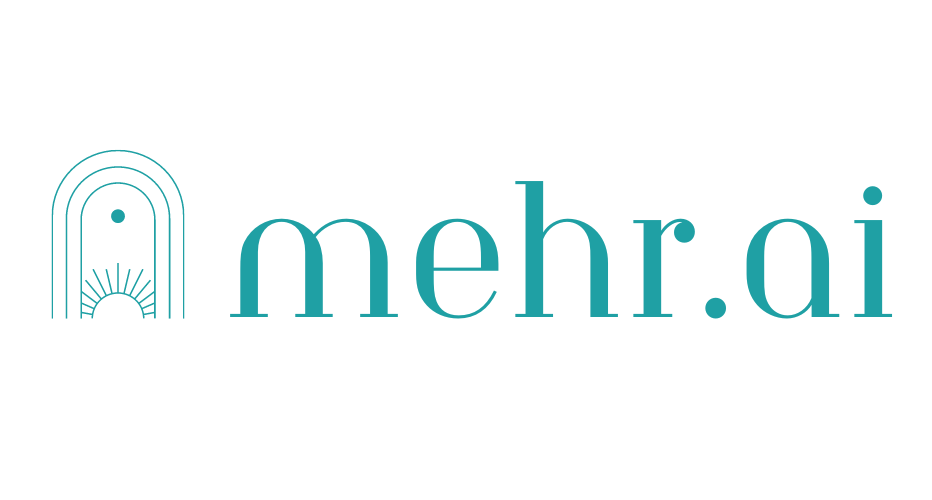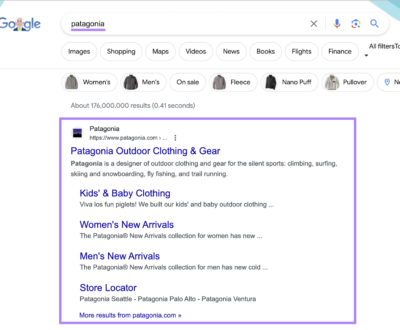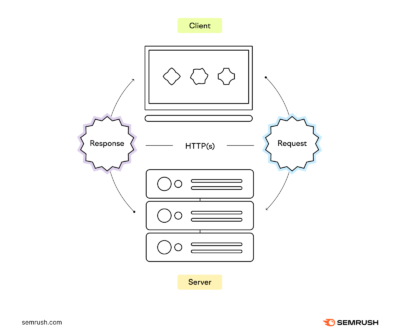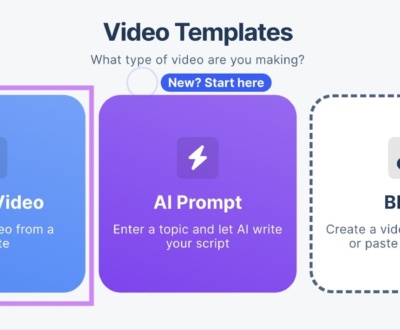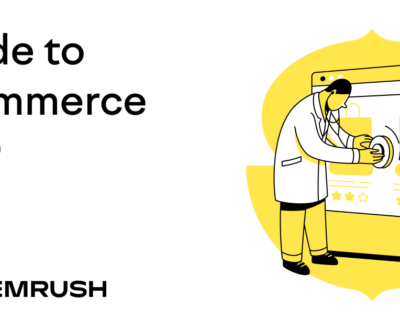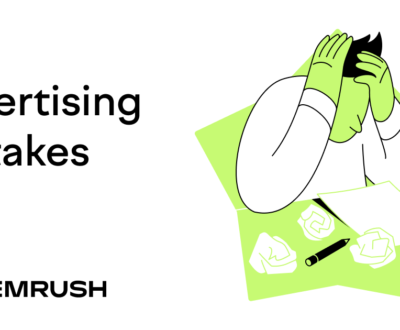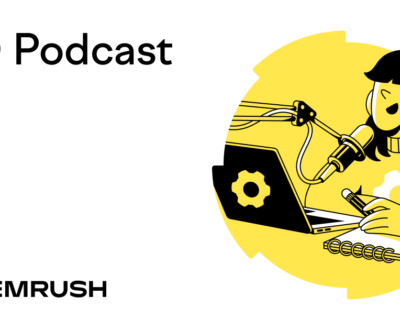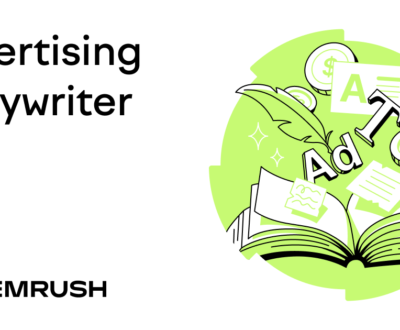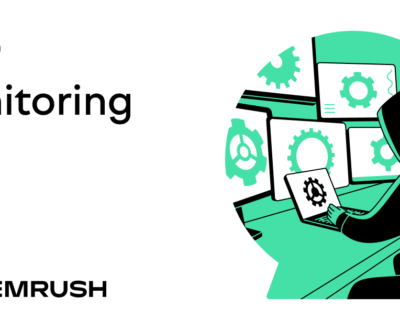Master the Art of Web Development: A Comprehensive Guide for Beginners
- August 5, 2023
- Uncategorized
[ad_1]
Master the Art of Web Development: A Comprehensive Guide for Beginners
So, you’ve decided to dip your toes into the vast world of web development. Congratulations! With the growing demand for websites and digital experiences, learning web development is a wise decision. However, if you’re a complete beginner, it can be overwhelming to know where to start. Fear not! In this comprehensive guide, we will walk you through the essentials of web development and provide you with the knowledge you need to embark on your exciting journey.
Getting Started: Building Blocks of the Web
Before diving into the technicalities, it’s crucial to understand the basic building blocks of the web. The web consists of two primary components: the front end and the back end.
The front end refers to the user-facing side of a website. It includes the design, layout, and interactive elements visible on the screen. HTML (Hypertext Markup Language) is the backbone of the front end, used to structure and organize the content. CSS (Cascading Style Sheets) is responsible for styling and visually enhancing the elements created with HTML. JavaScript brings interactivity and functionality to the front end.
On the other hand, the back end is the behind-the-scenes part of a website that handles the server-side operations. It involves technologies like servers, databases, and programming languages such as PHP, Ruby, or Python. The back end handles data processing, user authentication, and server communication.
Learning HTML, CSS, and JavaScript
To become a proficient web developer, you need a solid understanding of HTML, CSS, and JavaScript. These three languages form the foundation of front-end web development.
HTML is relatively easy to grasp, as it uses a simple markup structure to organize content. It provides a way to define headings, paragraphs, images, links, and various other elements on a webpage.
CSS allows you to style your HTML elements, making your website visually appealing. With CSS, you can change colors, fonts, layouts, and apply animations and transitions.
JavaScript, the programming language of the web, brings interactivity and functionality to your website. You can use JavaScript to handle user events, create animations, validate forms, and perform complex calculations.
Frameworks and Libraries: Expanding Your Toolkit
Once you have a solid foundation in HTML, CSS, and JavaScript, it’s time to explore frameworks and libraries. These tools can significantly speed up your development process and enhance your website’s functionality.
Frameworks like Bootstrap and Foundation provide pre-built CSS and JavaScript components, allowing you to build responsive and mobile-friendly websites with ease. These frameworks also offer customizable templates and grids, making the design process much quicker.
Libraries like React, Angular, and Vue.js are JavaScript tools that simplify the creation of interactive user interfaces. These libraries provide reusable components and handle complex rendering tasks, making your code more efficient and maintainable.
Server-Side Technologies: Building Dynamic Websites
To build dynamic websites and handle server-side operations, you need to learn server-side technologies. Popular server-side languages include PHP, Ruby, Python, and Java.
PHP, one of the most widely used server-side languages, powers many websites and content management systems like WordPress. With PHP, you can perform server-side operations, handle databases, and create dynamic content.
Ruby on Rails, a web application framework written in Ruby, allows developers to quickly build powerful web applications. It emphasizes convention over configuration, making it easy to get started on a project.
Python, known for its simplicity and readability, is a versatile language frequently used in web development. It offers frameworks like Django and Flask, which simplify web application development.
Java is a robust language widely used for enterprise-grade web applications. With frameworks like Spring, Java developers can build scalable and highly performant web applications.
Frequently Asked Questions (FAQs):
Q: How long does it take to learn web development?
A: The learning duration varies depending on your dedication, prior experience, and the complexity of projects you want to undertake. While some basics can be learned in a few weeks, becoming a proficient web developer might take months or even years of practice.
Q: Do I need a computer science degree to become a web developer?
A: No, a computer science degree is not a requirement to become a web developer. What matters most is your skills and hands-on experience. You can learn web development through online courses, tutorials, and practical projects.
Q: How can I stay updated with the latest web development trends?
A: Web development is an ever-evolving field, and staying up to date is crucial. Follow influential web developers on social media platforms, read industry blogs, and join web development communities. Online learning platforms often offer courses that cover the latest technologies and trends.
Q: Can I become a freelance web developer?
A: Absolutely! Freelance web development is a popular career path. With the increasing demand for websites and web applications, freelancers can find plenty of opportunities. Building a portfolio of projects and marketing your services are key to succeed as a freelance web developer.
Q: Is web development a suitable career choice in the long run?
A: Web development offers a vast range of career opportunities. As more businesses move online and technology advances, the demand for skilled web developers continues to grow. With continuous learning and keeping up with industry trends, web development can be a rewarding and stable career choice.
In conclusion, web development is an exciting and rewarding field with endless possibilities. By mastering the basics of HTML, CSS, and JavaScript and exploring various frameworks and server-side technologies, you can build stunning websites and web applications. Whether you choose to work for a company or go freelance, the possibilities are endless. Happy coding!
[ad_2]
About us and this blog
We are a digital marketing company with a focus on helping our customers achieve great results across several key areas.
Request a free quote
We offer professional SEO services that help websites increase their organic search score drastically in order to compete for the highest rankings even when it comes to highly competitive keywords.
Subscribe to our newsletter!
More from our blog
See all postsRecent Posts
- What Is It & Tips on how to Do It December 7, 2023
- What It Is and The way to Use It December 7, 2023
- High 10 Content material Repurposing Instruments for 2024 December 7, 2023
